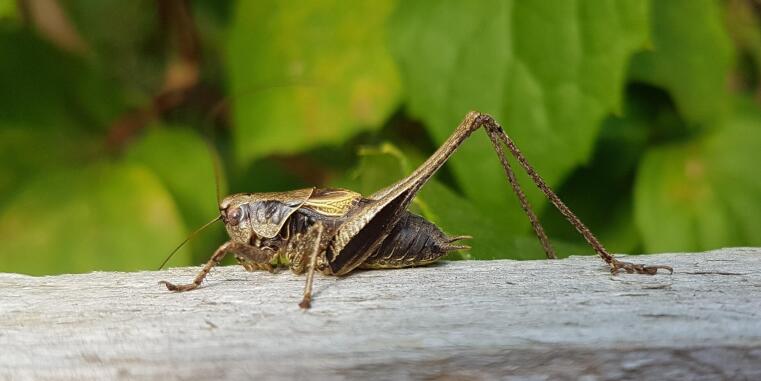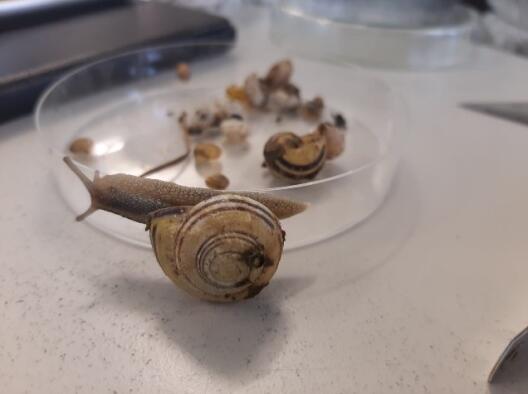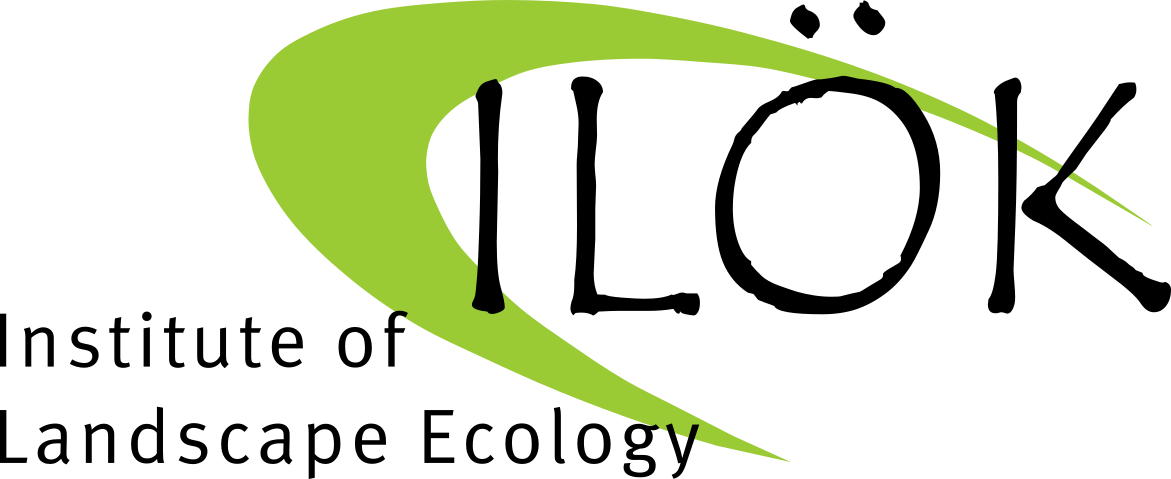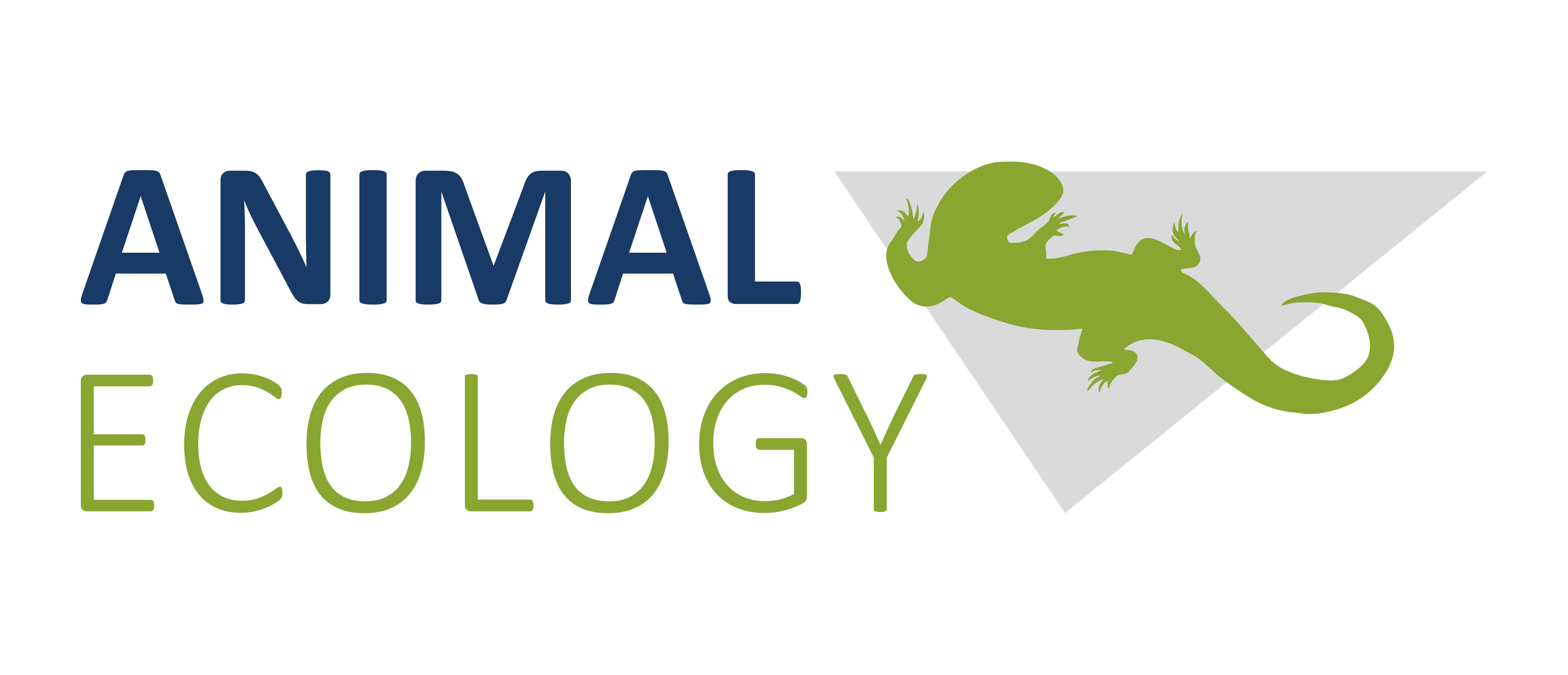
Study projects

© AG Tierökologie Biodiversity of sandy landscapes in the Münsterland - reloaded
Winter semester 2023/2024 and summer semester 2024
Dry habitats such as sandy grasslands or Calluna heaths are home to a large number of specialised and rare species. Due to ongoing succession, however, these habitats are increasingly endangered and are therefore the focus of nature and species conservation. Using the example of the Westruper Heide near Haltern am See, the changes to a large sandy landscape are to be documented. The aim of the project is to record the biodiversity of various indicator taxa (spiders, ground beetles, grasshoppers, butterflies and moths) and to assess the current status. Which habitat-typical and valuable species can be identified? What conclusions can be drawn about the area? And what are the conclusions for practical nature conservation?

© AG Tierökologie Morphometric analyses of museum treasures
Winter semester 2023/2024 and summer semester 2024
This project initially involved an enormous amount of hard work in the stacks of the Natural History Museum in Münster. Selected butterfly species that have been integrated into the collection over the last 100 years were photographed and then digitally measured. For example, wing dimensions were recorded or indications of fluctuating asymmetry were sought. All historical locations were also digitised so that populations can be recorded in the summer. The idea behind these surveys is that we can check for intraspecific variations in traits. Have the animals in a population changed in their morphology, i.e. their body shape, over the course of time in which they have been exposed to the stressors of global change? Are these possibly the first signs of evolutionary adaptations or does this initially reveal phenotypic plasticity?

Ringing birds in the Aa-Aue nature reserve
Winter term 2023/2024
In autumn 2023, birds were ringed in the Aa-Aue nature reserve south of Münster Zoo. This very successful autumn season, with many external catches and recaptures, is analysed with regard to the occurrence of species, length of stay and recaptures and external catches.

© AG Tierökologie Diversity of snails in urban habitats
Winter semester 2022/2023 and summer semester 2023
Despite their diversity and great ecological importance, snails (Gastropoda) have so far been underrepresented in science. As part of the study project, we investigated to what extent the diversity and number of individuals of snails differ between meadows and urban wastelands and which factors contribute significantly to the differences. Can urban habitats harbour species-rich snail communities and which species are these? And which snails occur in meadows in the surrounding countryside and which environmental conditions, such as vegetation, moisture, pH value and nutrient content in the soil, influence them?

© Kev/Pixabay Swifts - A lifetime in the air ...
Winter semester 2022/2023 and summer semester 2023
... swifts only look for a suitable place to settle down to raise their young for around two months. The adults themselves spend just under three weeks there to incubate their clutch of eggs, the rest of the time they spend preparing food for the hungry nestlings. The monogamous birds prefer to seek shelter for their offspring in niches and crevices in old masonry, in cavities under the roof or behind the guttering - often in the same location for many years. However, the world is changing and the sealing, renovation and refurbishment of old houses are making it increasingly difficult for building breeders to maintain their continuity of site fidelity. This means that when they return from the south after the annual wintering period, they have to look for a new breeding site. This study project is investigating the situation of swifts in Münster, what urban conditions have changed and what measures are being taken to support this special bird species.

© AG Tierökologie Urban gardening for pollinator conservation
Winter semester 2022/2023 and summer semester 2023
Urban biodiversity can be significantly influenced by biodiversity-promoting garden design. Allowing more wilderness can already help. However, the creation of various structures such as stone walls, sand arias and bodies of water is also of great importance. As part of this project, an urban garden was designed according to the latest findings of pollinator research and evaluated accordingly through pollinator counts, focussing on wild bees, hoverflies and butterflies. A key focus was also to test the various seed mixtures that are commercially available for private use for their benefit to pollinators.

© AG Tierökologie Biodiversity in the peatlands of Westphalia
Peatlands are among the most valuable habitats of all, but have shrunk to relict sites due to decades of utilisation and conversion. Nutrient inputs, for example from agriculture, continue to aggravate the situation, which ultimately leads to a drastic decline in the biodiversity typical of peatlands. Many rare species are severely endangered as a result, so a comprehensive biodiversity survey was carried out in the Boltenmoor nature reserve in north-east Münster as part of the project in order to assess the current situation. It was particularly interesting to compare the current data with that from 2007.

© AG Tierökologie Grasshopper diversity on renaturalised areas of the Dortmund-Ems Canal
Summer semester 2021
In the course of construction work on the Dortmund-Ems Canal north of Gelmer, the meadows on the western bank were renaturalised. Different aspects have emerged depending on the subsoil. These were analysed from a faunistic perspective. Grasshoppers are an excellent model group for the evaluation of changes in grassland and the different sections of the banks were mapped accordingly.


